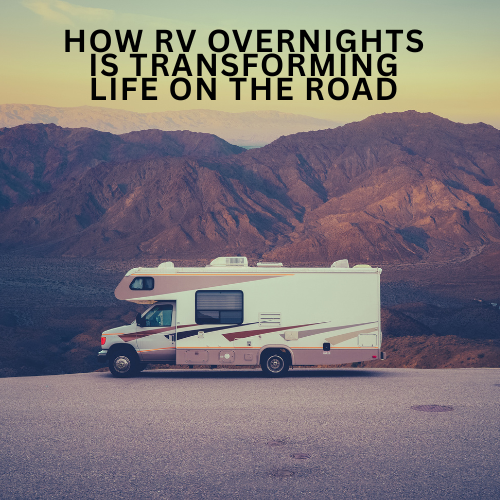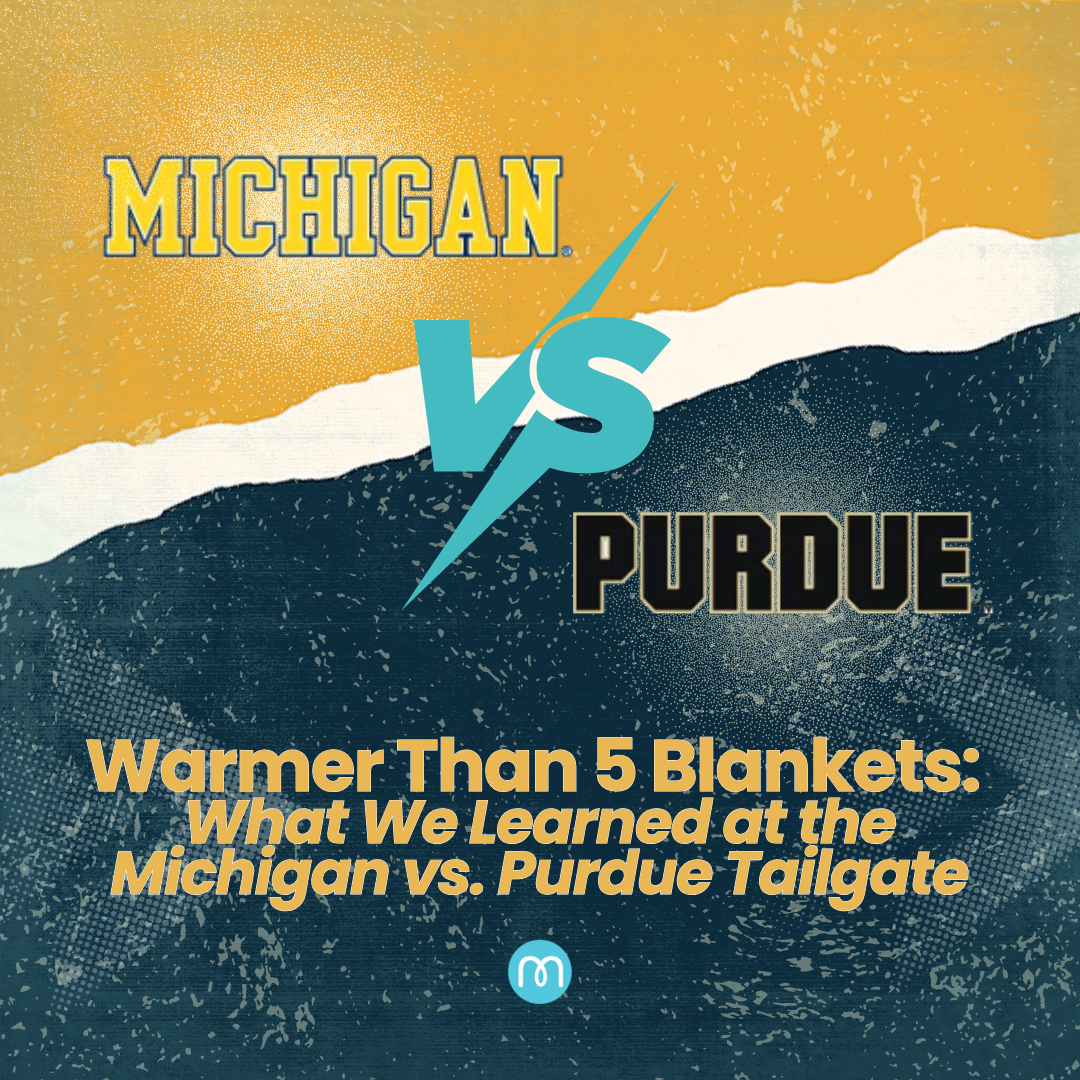Mozy vs. NorSari:
Which Wearable Wrap is Right for You?
The outdoor comfort market has seen exciting innovation in recent years, with wearable blankets and thermal wraps gaining popularity among sports fans, campers, and anyone who spends time in chilly conditions. As more companies enter this space, consumers now have multiple options for staying warm without the hassle of traditional blankets.
Two notable products in this category are Mozy and NorSari, both designed to address the common frustrations of slipping blankets and restricted mobility. While both products aim to keep you warm and comfortable outdoors, they take different approaches to solving the same fundamental problem.
This guide will help you understand the key differences between these wearable thermal solutions, so you can make an informed decision based on your specific needs and preferences. Whether you're cheering from the sidelines, enjoying a camping trip, or simply want to stay cozy during outdoor activities, understanding these differences can help you choose the right product for your lifestyle.

What Both Products Get Right
Both Mozy and NorSari recognized a genuine need in the market and deserve credit for innovating in the wearable warmth space. Traditional blankets have obvious limitations - they slip off, get dirty when they touch the ground, and restrict your movement when you try to keep them in place.
Both products address these core issues by creating wearable solutions that stay put while allowing for mobility. They're both portable, convenient, and designed with the outdoor enthusiast in mind. The fact that multiple companies have developed similar solutions speaks to the real demand for better outdoor comfort options.
Each product represents thoughtful design work aimed at improving the outdoor experience for people who refuse to let cold weather keep them inside.
Key Design Differences
Closure and Fit Systems
The most significant difference between these products lies in how they secure around your body and manage airflow.
Mozy features a hook-and-loop closure system (Velcro®-style) with approximately 12 inches of adjustment range, allowing for what the company calls "infinite adjustability." This system can be secured at various points - around the waist, at the knees, or all the way down to the ankles.
The key innovation is that this closure system creates a sealed environment around your lower body.
NorSari, on the other hand, uses a wrap-around design that functions more like a wearable skirt. While this provides coverage and some warmth, the design allows for air circulation within the wrap.
Heat Retention Technology
This is where the most significant technical difference emerges. Mozy's design specifically addresses what engineers call "convective heat loss" - the process where moving air carries away your body heat.
When you seal Mozy around your body using its adjustable closure system, you create a barrier that prevents air from flowing up through the wrap. This means the warm air your body naturally produces stays trapped around you, rather than being carried away by breezes or air movement.The science is straightforward: your body constantly generates heat, creating a layer of warm air around your skin. In an open system, this warm air can escape and be replaced by cooler air. In Mozy's sealed system, that warm air stays put, maintaining your comfort even in windy conditions.NorSari's open design, while providing coverage, doesn't prevent this air circulation. Air can flow freely through the wrap, which means you're relying primarily on the insulating properties of the fabric rather than trapping your body's heat.
How Does Mozy Prevent Convective Heat Loss?
Convective heat loss is the process of cold air molecules replacing warm air molecules nearest the skin's surface. As cold air molecules replace warm air molecules against the skin, you experience the loss of body heat and the sensation of being cold, such as chills and shivering.
Mozy prevents convective heat loss by preventing this replacement of warm air molecules with cold air molecules as seen below:
Cold air molecules easily replace warm air molecules at the surface of the skin

JEANS ALONE
While blankets provides a protective layer, without the thermodynamic design of the Mozy, cold air molecules still replace warm air molecules at the surface of the skin.

BLANKETS
Mozy patented thermodynamic design doesn't allow for the molecular transfer of cold molecules, sealing in your warm air molecules to keep you 500% warmer.

MOZY
Materials and Construction
Both products use quality materials, but with different focuses. Mozy uses a heavy-duty nylon exterior shell treated with a durable water repellent (DWR) coating and flame-retardant treatment, making it windproof, water-resistant, and safe around campfires or fire pits. The interior features plush fleece lining designed to work in conjunction with the sealed design.
NorSari offers various fabric options, including merino wool and other natural fibers, focusing on the inherent insulating properties of these materials. Their products are designed more like traditional blankets that happen to be wearable, rather than engineered thermal systems.
Use Case Scenarios
Understanding when each product might be preferred can help guide your decision.
Mozy's sealed design makes it particularly effective in windy conditions, making it ideal for outdoor sporting events, beach trips, camping, or any situation where you might encounter breezes. The adjustable closure system also makes it versatile for different activities - you can wear it loose for casual comfort or seal it tight for maximum warmth.
NorSari's wrap-style design might appeal to users who prefer the feel of a traditional blanket and don't mind the air circulation. It could be suitable for less windy environments or for users who tend to run warm and prefer some air flow.
The choice might also come down to personal preference regarding fit and feel. Some users prefer the snug, sealed feeling of Mozy's design, while others might prefer the looser, more blanket-like feel of NorSari's approach.
Making the Right Choice for You
When choosing between these options, consider these key questions:
• Do you often find yourself in windy conditions? If so, Mozy's sealed design offers a significant advantage in preventing heat loss.
• How important is maximum warmth retention to you? If staying as warm as possible is your priority, the convective heat loss prevention of Mozy's design provides a measurable benefit.
• What's your preferred fit? Do you like snug, adjustable fits, or do you prefer looser, more blanket-like coverage?
• Where will you primarily use your wrap? Different environments might favor different approaches.
• Both products represent quality options in the wearable category, and the "best" choice depends on your specific needs, preferences, and use cases.
 BUY YOUR MOZY HERE
BUY YOUR MOZY HEREConclusion
The wearable blanket/wrap market offers consumers genuine innovation in outdoor comfort. Both Mozy and NorSari have contributed valuable solutions to the common problem of staying warm outdoors.
The key differentiator lies in the approach to heat retention - whether you prefer a sealed system that prevents convective heat loss or a more traditional blanket-style approach. Understanding these differences can help you choose the solution that best fits your outdoor lifestyle.
Learn more about Mozy's heat retention technology →



